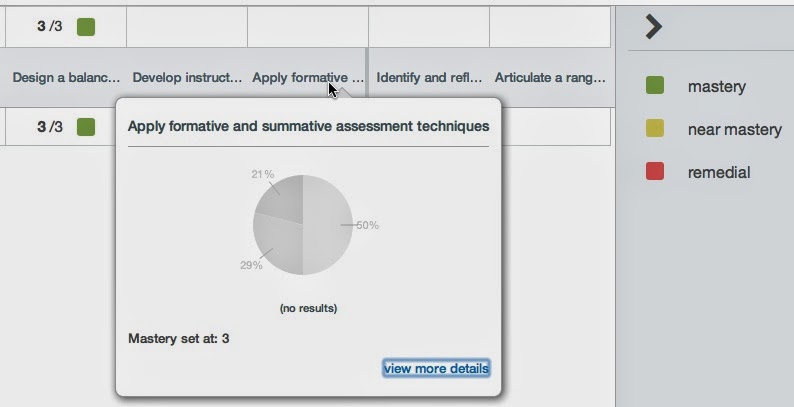I believe that intentionality is the missing piece in today's schools.
There's so much hype and clamor to figure out what's the best new tech tool, what's the latest and greatest program for struggling readers, what's the most ideal class size, how to create new structures for professional development, etc. I'll let you in on a little secret....
We don't need anything new.
We don't. Teachers, schools, and districts have enough tools in their toolboxes. What we need, more than anything, is intentionality about how we use what we have and what we know. And so, this post begins a new series about being intentional in our choices around teaching and learning.
In this first post, I'd like to tackle the issue of scheduling the school day. Notice that the title of this post refers to scheduling for student learning. I wonder if folks who are responsible for designing school schedules even consider student learning, let alone use student learning to drive their decisions. I posed this question on Twitter earlier today: Does the way we schedule the school day facilitate or hinder learning? Below are responses from a couple of my #nced friends.
I believe many of us would admit that school days are structured around the needs and wants of adults as opposed to the needs of children. Think about your school day. Who decided the day would be structured in that way, and why was that decision made in the way that it was? If you can't answer those questions, find someone who can. If no one can, then perhaps it's time for a fresh conversation. I would argue for school and district leadership teams to throw away existing schedules (and everything they know about school schedules for that matter) and start anew. If we could design the ideal schedule for student learning, what would that schedule look like?
I spent three hours this morning in a second grade classroom. During that time, I taught two reading groups, one math group, and one word study group. Oh, and we had a 30-minute recess and a 30-minute lunch. I spend quite a bit of time in elementary schools (admittedly less in middle and high schools), and the thing I notice most often is this: Everyone in the building is rushed. All the time. Think about that for a moment. Does student learning happen best when the teacher and students are rushed? Are teachers their most effective selves in that environment? Is there time for deep learning? For collaborative conversations? For reflection? For asking questions?
It seems to me that we're so busy completing tasks (Math journal? Check. Word sort? Check. Reading group? Check.) that we lose sight of our overall goal. Why is that? Who says the school day has to be rushed? Why do we feel the need to squeeze every content area into the school day?
So what's the solution? I believe there are an infinite number of possible solutions. I also believe that we won't find any of them without asking "Why?" and embracing a willingness to rethink everything. Below are some ideas to consider if we really want to be more intentional about scheduling for student learning.
- Instead of breaking the school day into a million pieces, let's create and honor large chunks of uninterrupted time for teaching and learning. Design a morning, a class period, or an entire day around a quality essential question. Focus teacher and student energy, time, and resources on digging deep enough to develop meaningful responses to the essential question.
- With your students, collaboratively develop learning outcomes for the class period, day, week, or unit. Allow students to work toward those learning outcomes at their own pace, using whatever resources and processes best support their learning. Create opportunities for students to come together collaboratively as well as curl up in a corner on their own to pursue deep learning. Be available for one-on-one, small group, and whole group mini-lessons as needed.
- Start small. Take one day a week, and throw out your typical schedule. Spend the entire day focused on a complex, real-world issue. Give students time to grapple with the issue and engage in productive struggle. Also give students an authentic audience with which to share their work.
- Focus less on deliverables and more on the process. Do we really need hard evidence that students have met or are working toward learning outcomes? If the teacher is eavesdropping and kid-watching, there will be more than enough evidence of student thinking. Don't waste your learners' time filling out worksheets just so you have something to grade. Allow them instead to engage in meaningful learning.
- Implement sustained silent reading and writing time. Readers and writers need uninterrupted time to read and write. Allow students to choose their own texts and topics. No worksheets. No graphic organizers. Just reading and writing. And while you're at it, grab a book or writer's notebook and pull up a seat.
















